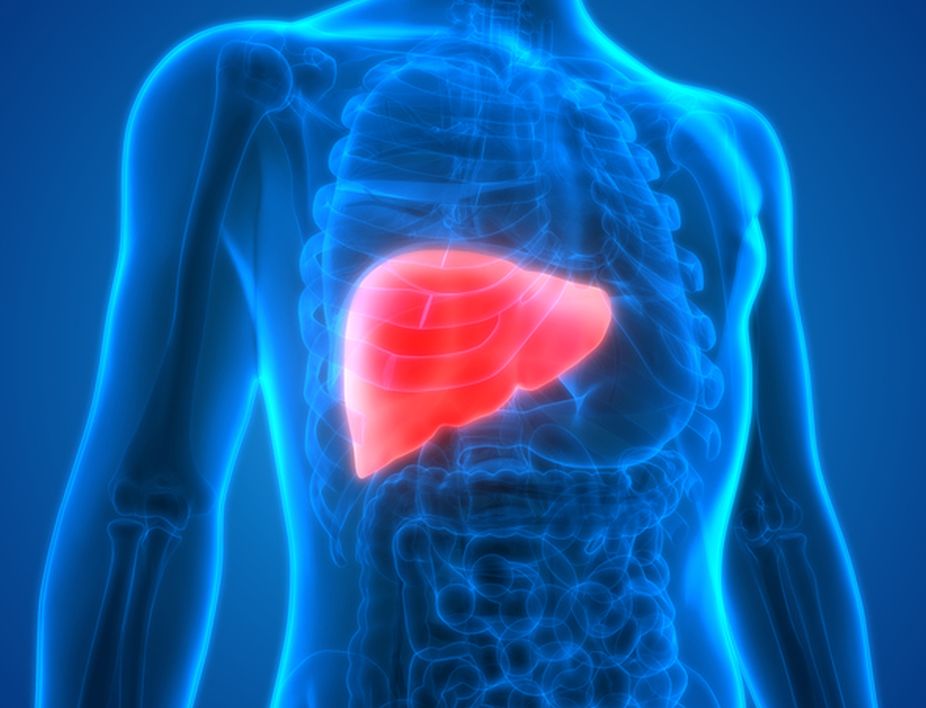Mandaviya underlines importance of preventive healthcare
Union Labour Minister Mansukh Mandaviya on Thursday emphasized the importance of preventive and promotive healthcare in building a healthy and fit India.
The technique involves replacing hydrogen atoms on fatty acids with their isotope.

Photo Source: Getty Images
Using a new technique to visualise the distribution and dynamics of fatty acids inside living cells, researchers have found why excess saturated fats, such as those released from lard, are toxic to cells and cause a wide variety of lipid-related diseases.
The study, published in the journal Proceedings of the National Academy of Sciences (PNAS), also showed why unsaturated fats, such as those from fish and olive oil, can be protective.
Advertisement
The researchers believe that the findings could have significant impact on both the understanding and treatment of obesity, diabetes and cardiovascular disease.
Advertisement
“The behaviour of saturated fatty acids once they’ve entered cells contributes to major and often deadly diseases,” said principal investigator of the study Wei Min, Professor at Columbia University in New York.
“Visualising how fatty acids are contributing to lipid metabolic disease gives us the direct physical information we need to begin looking for effective ways to treat them. Perhaps, for example, we can find a way to block the toxic lipid accumulation,” Min added.
The researchers developed a new microscopy technique that allows for the direct tracking of fatty acids after they have been absorbed into living cells.
The technique involves replacing hydrogen atoms on fatty acids with their isotope, deuterium, without changing their physicochemical properties and behaviour like traditional strategies do.
By making the switch, all molecules made from fatty acids can be observed inside living cells by an advanced imaging technique called stimulated Raman scattering (SRS) microscopy.
The researchers found that the cellular process of building the cell membrane from saturated fatty acids results in patches of hardened membrane in which molecules are “frozen.”
Under healthy conditions, this membrane should be flexible and the molecules fluidic.
The researchers explained that the stiff, straight, long chains of saturated fatty acids rigidify the lipid molecules and cause them to separate from the rest of the cell’s membrane.
Under their microscope, the team observed that those lipid molecules then accumulate in tightly-packed “islands,” or clusters, that do not move much — a state they call “solid-like.”
As more saturated fatty acids enter the cell, those islands grow in size, creating increasing inelasticity of the membrane and gradually damaging the entire cell.
“We found that adding unsaturated fatty acids could ‘melt’ the membrane islands frozen by saturated fatty acids,” said first author Yihui Shen, a graduate student in Min’s lab.
This new mechanism, she said, can partly explain the beneficial effect of unsaturated fatty acids and how unsaturated fats like those from fish oil can be protective in some lipid disorders.
Advertisement